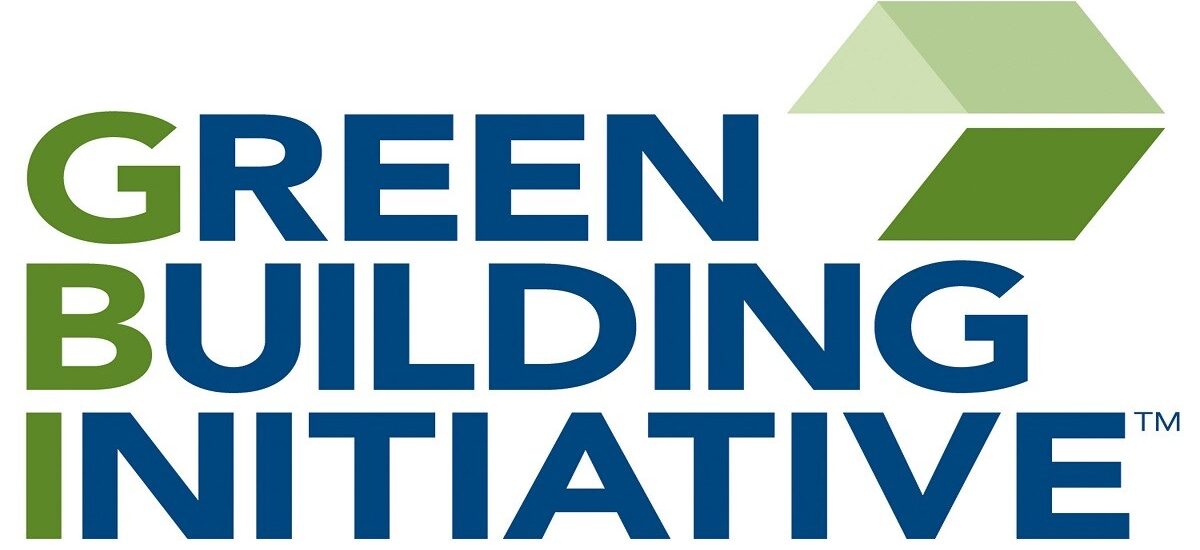Green buildings, known as sustainable or eco-friendly buildings, are structures designed, constructed, and operated in ways that minimize their environmental impact. They emphasize efficient use of resources—energy, water, and materials—while promoting the health and well-being of occupants. As the world faces pressing environmental challenges like climate change and resource depletion, green buildings play a crucial role in the global effort to achieve sustainability.
Energy Efficiency: Green buildings incorporate energy-efficient systems such as solar panels, energy-efficient lighting, and heating systems, as well as advanced insulation techniques to reduce energy consumption. Many also utilize renewable energy sources like wind or solar power.
Water Conservation: These buildings are designed to minimize water usage through low-flow plumbing fixtures, water recycling systems, and rainwater harvesting. They also prioritize efficient landscape designs that reduce the need for irrigation.
Sustainable Materials: The use of sustainable, non-toxic, and recycled materials is a cornerstone of green building practices. Materials are chosen based on their life-cycle impact, emphasizing durability, low environmental footprint, and responsible sourcing.
Indoor Environmental Quality: Indoor air quality is crucial in green buildings. These buildings use non-toxic paints, adhesives, and building materials to reduce indoor pollutants. They also provide enhanced ventilation and natural lighting, contributing to the well-being of occupants.
Waste Reduction: During construction, green buildings aim to minimize waste by recycling or repurposing materials. Efficient design techniques also ensure the building uses fewer materials overall.








